Industrial Welding: Beyond the Sparks and Steel
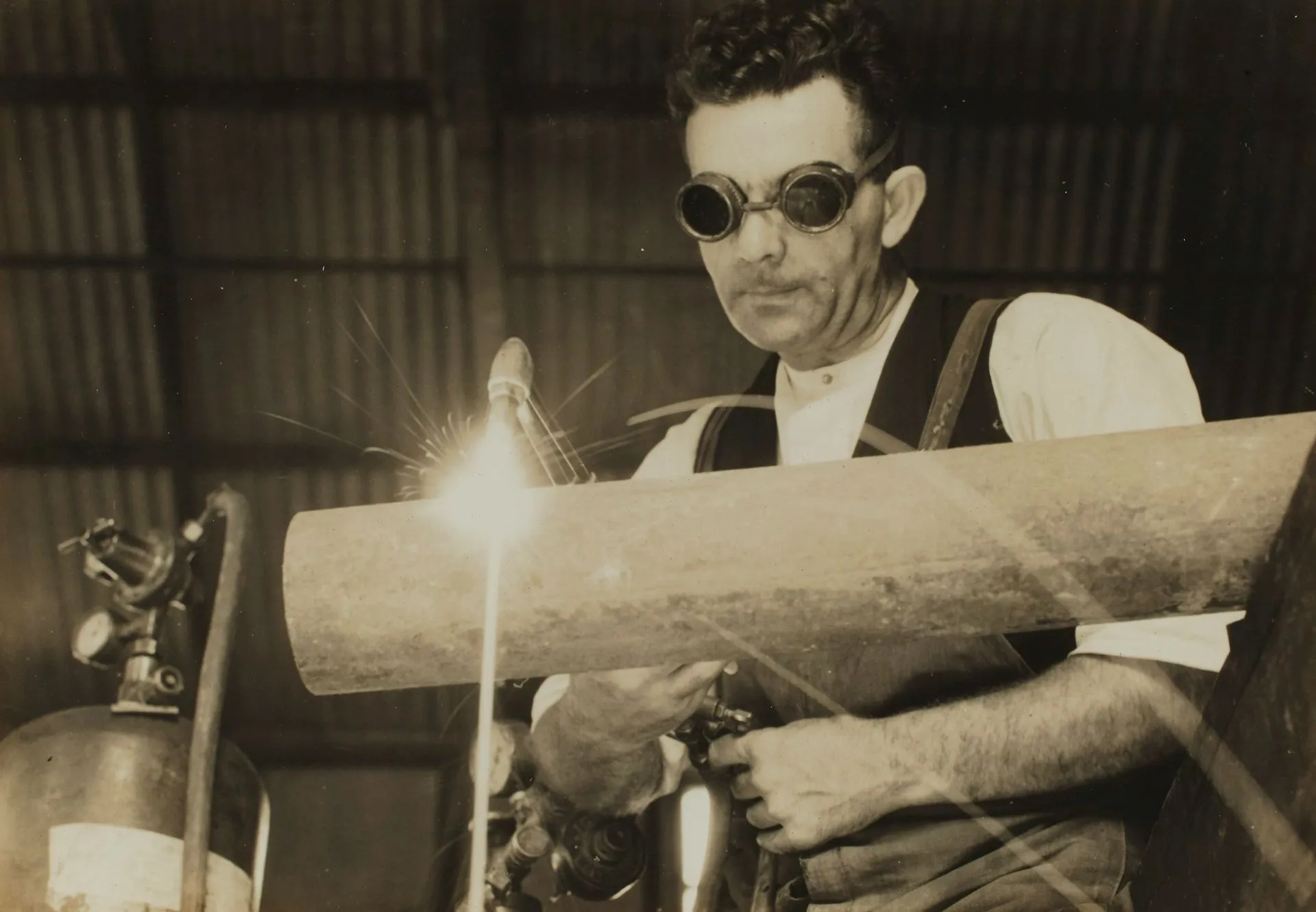
When most people think of industrial welding, they might conjure images of molten metal and bright sparks illuminating a dark workshop. To the untrained eye, welding may seem like a purely technical task—a craft of joining metal parts with little more than heat and precision. However, delve a little deeper, and you’ll uncover a world where artistry, science, and innovation collide unexpectedly.
The Artistic Side of Welding
Welding is not just about fusing metal; it’s an art form that combines technique with creativity. Imagine a sculptor, but instead of chiseling away at marble, a welder is meticulously crafting pieces of metal into intricate shapes and structures. Many industrial welders are also skilled artists, creating custom metal art that graces galleries and public spaces. This fusion of aesthetics and function is only sometimes apparent but is an integral part of the welding profession.
The Science Behind the Sparks
One surprising aspect of welding is the depth of science involved. Welding is a high-precision process that relies on understanding metallurgy, thermodynamics, and physics. Each metal has its melting point, conductivity, and expansion properties. Welders must consider these factors to select the proper technique and materials for the job. For instance, the choice between MIG, TIG, and stick welding depends on metal type, thickness, and desired finish. Understanding the science behind these choices ensures that welds are strong but also durable and resistant to environmental stresses.
Innovations Driving the Future
Industrial welding has come a long way from its humble beginnings. The advent of robotics and automation in welding processes has revolutionized the industry. Robots can perform repetitive and precise welding tasks with incredible speed and accuracy, reducing human error and increasing efficiency. However, this technological advancement does not diminish the skill required; rather, it enhances it by allowing welders to focus on more complex and creative tasks.
Furthermore, advancements in materials science are expanding the possibilities for welding. High-strength alloys and composites are now more common, pushing the boundaries of what welders can achieve. For instance, welding new-age materials like titanium and advanced ceramics presents unique challenges and opportunities, leading to welding techniques and equipment innovations.
Safety and Precision
Another surprising aspect of welding is the intense focus on safety and precision. Welders are exposed to high temperatures, intense light, and potentially hazardous materials. As such, rigorous safety protocols are essential. Welders don’t just wear protective gear for safety; this gear is designed with advanced materials to shield against UV radiation, heat, and sparks. Moreover, precision is crucial in welding, as even minor deviations can result in structural failures or safety hazards. This level of attention to detail underscores the meticulous nature of the profession.
Welding and Sustainability
Sustainability is a growing concern in today’s world, and welding is adapting to this shift. Modern welding techniques are increasingly focused on reducing waste and improving energy efficiency. Techniques like friction stir welding are more energy-efficient and produce less waste than traditional methods. Additionally, advancements in recycling and material recovery are helping to minimize the environmental impact of welding processes.
Industrial welding is much more than a process of joining metals. It is a blend of artistry, science, and technological innovation. From the intricate designs of metal art to the cutting-edge advancements in automation and material science, welding is a field that continually evolves and surprises. The next time you see a welder at work, remember that behind those sparks lies a world of creativity and precision, shaping the industry’s future with every weld.
Newsletter
Don't miss a thing!
Sign up to receive daily news
Recent Posts
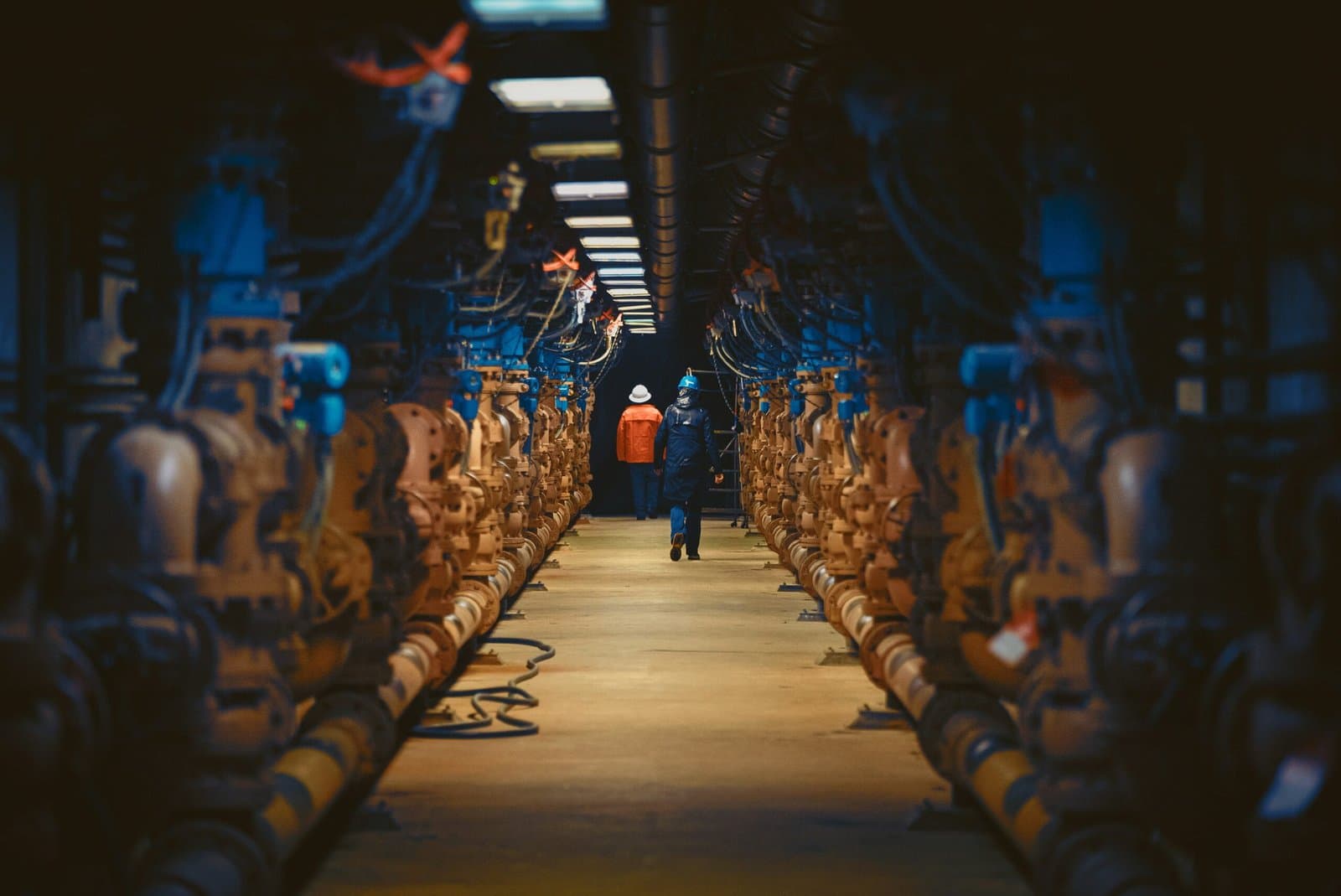
august 30, 2025
Decommissioning a Facility: How to Turn It into a Profitable Venture
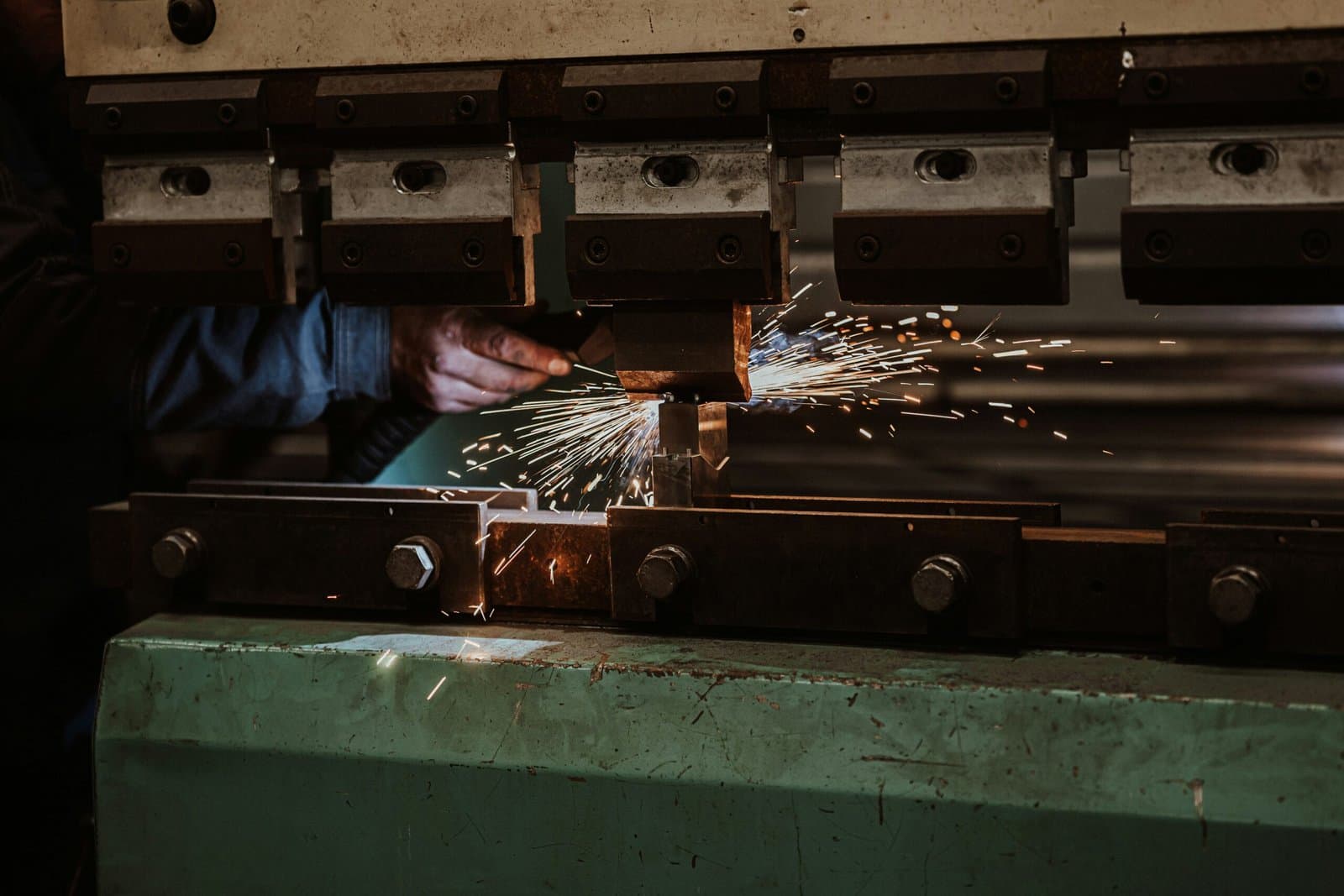
august 25, 2025
Hydraulic Press Maintenance 101
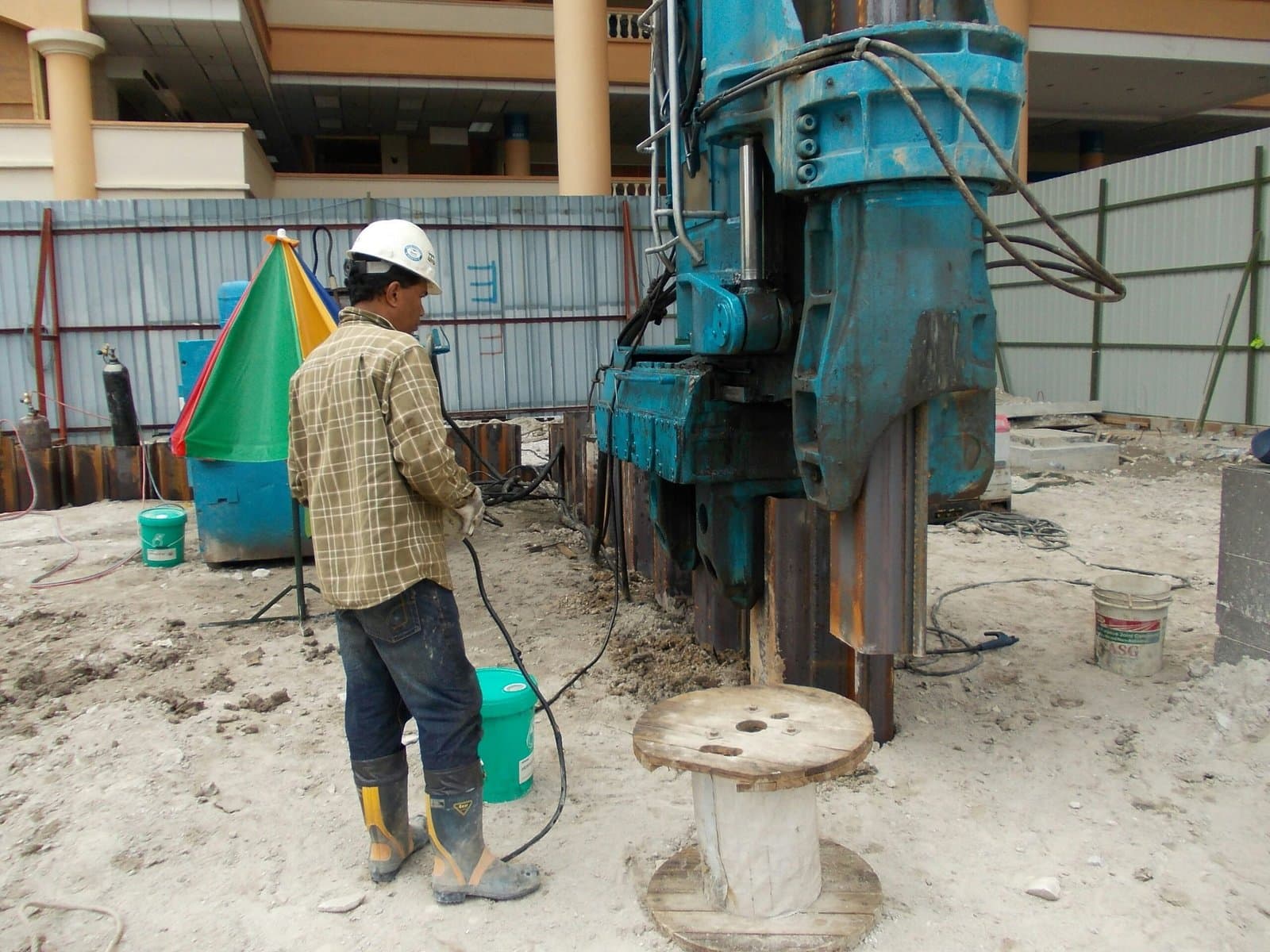
august 18, 2025
Rigging Machinery: The Challenge of Moving and Installing Outdated vs. Modern Equipment
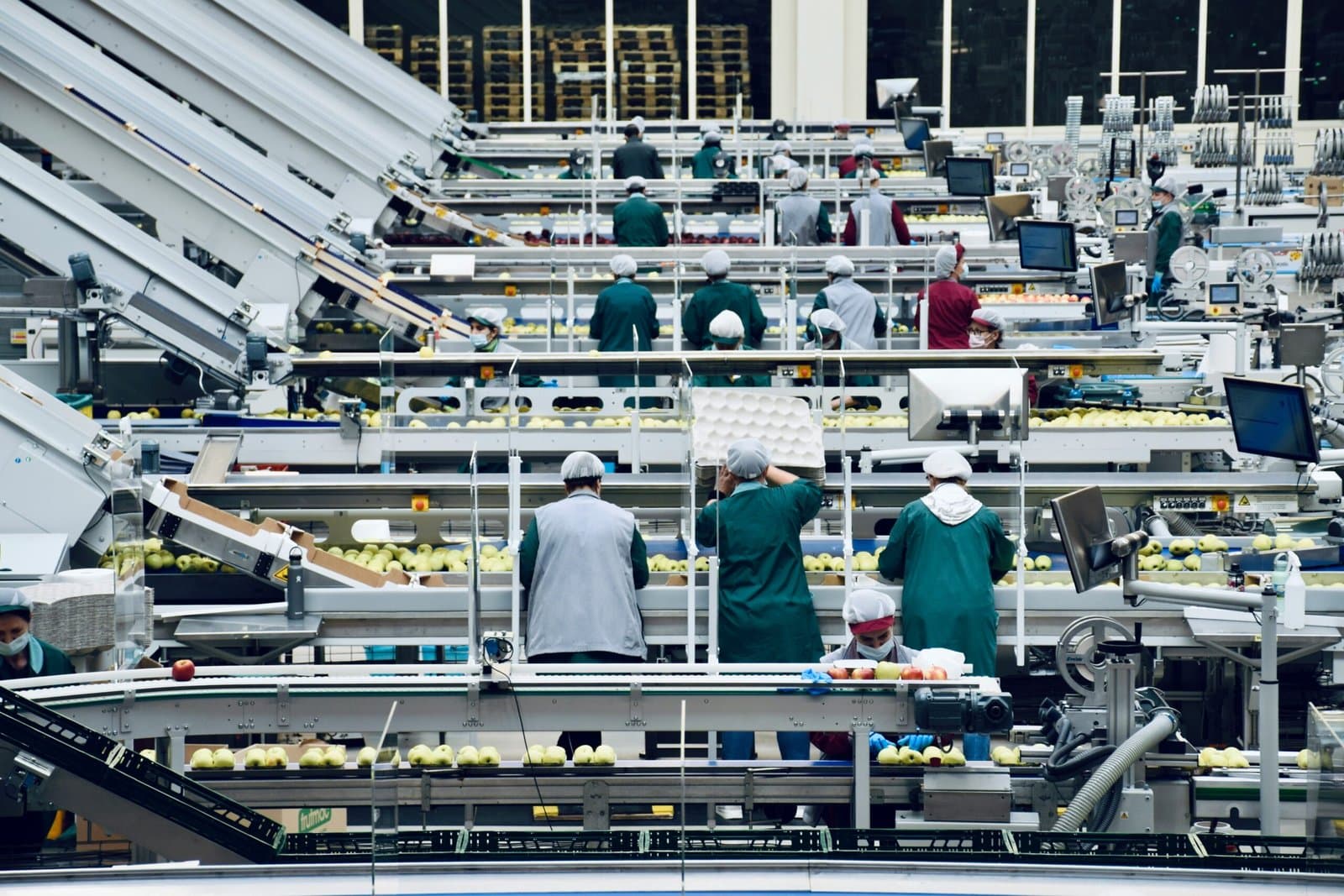
august 16, 2025
Conveyor System Maintenance: 5 Early Warning Signs of Failure
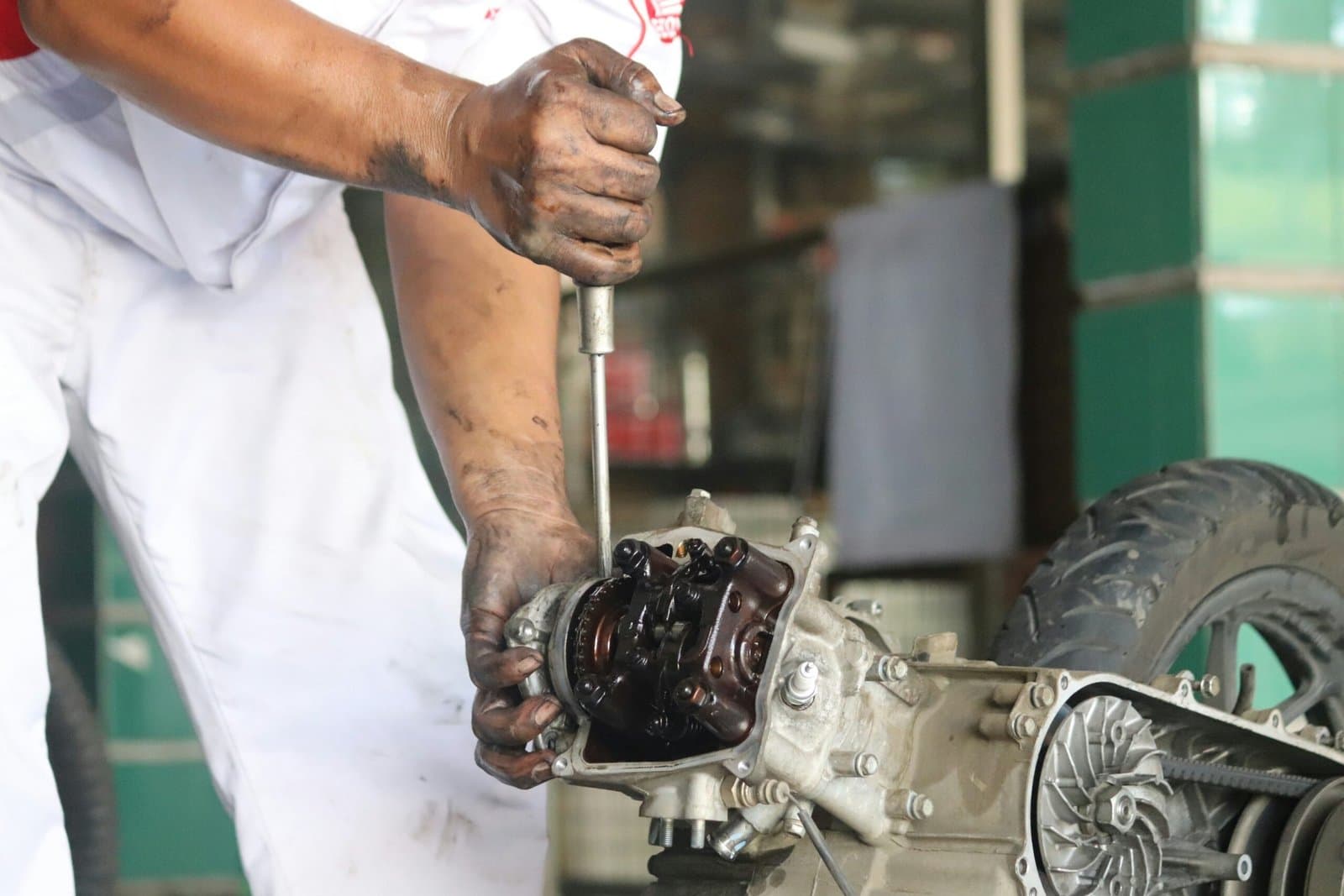
august 14, 2025
Predictive Maintenance: The Smarter Alternative to Costly Reactive Repairs

august 11, 2025